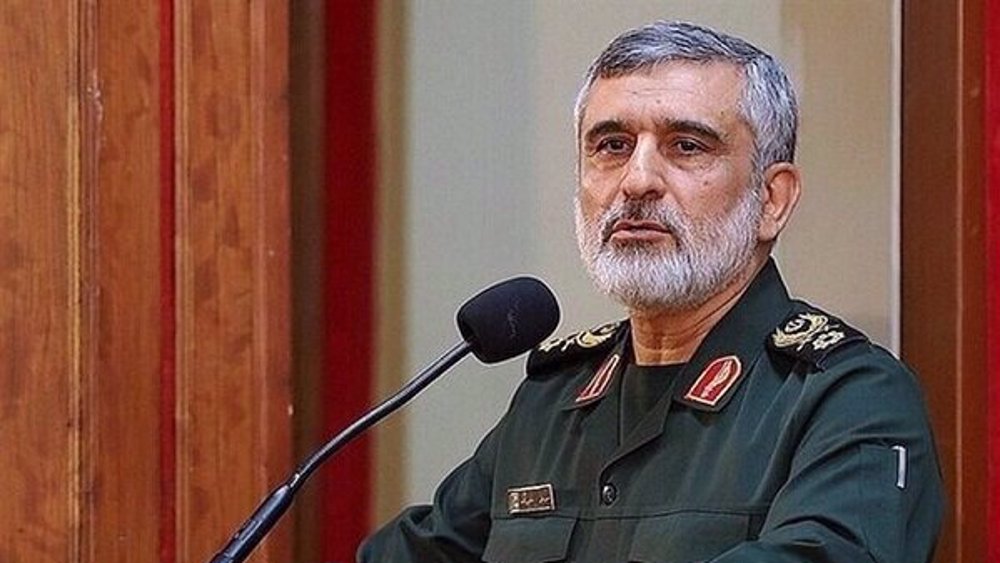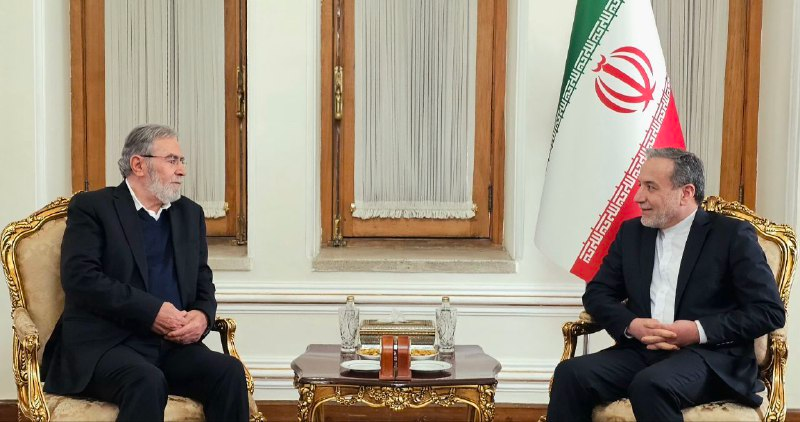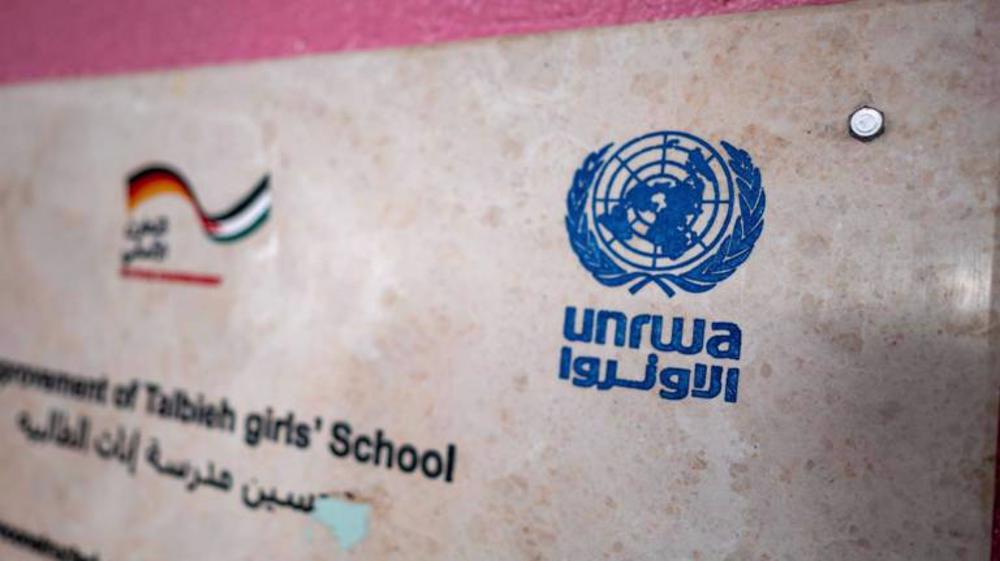Israel building separation wall to keep refugees out
Amid what is being referred to as the worst refugee crisis since WWII, the Israeli regime has announced construction of a separation wall to keep them out.
During a weekly cabinet meeting on Sunday, Israeli Prime Minister Benjamin Netanyahu announced that a 30-kilometer fence is being constructed along border with Jordan to stop "migrants," he associated with terrorists, to enter Israel.
Israel finished the construction of a 230-kilometer wall along the Egyptian border in 2013; it also has set up fences along the border with Lebanon and along the line between Syria and Israeli-occupied Golan Heights. Most of the West Bank has also been split by a barrier.

According to Bibi, the wall would connect with the Egyptian barrier and that construction has started along Israel's eastern border between the city of Eilat and near the site of a new airport in Timna Valley.
"We will continue the fence up to the Golan Heights," said the Israeli premier. "We will not allow Israel to be submerged by a wave of illegal migrants and terrorist activists."
Golan Heights has been under the Israeli occupation since the 1960s. The Tel Aviv regime captured 1,200 square kilometers of the Golan Heights during the Six-Day War of 1967 and annexed the region in 1981.
Netanyahu cited Israeli’s “very small” size and lack of “geographic depth or demographic depth” as the reasons behind the measures.
His comments came amid a refugee crisis in Europe due to influx of asylum seekers from conflict-ridden countries in Africa and the Middle East.
The United Nations estimates that 300,000 people have left the Middle East and North Africa for Europe this year, but 2,500 have died in their attempt, mainly through dangerous voyages across the Mediterranean in rickety boats. Media reports, however, say 350,000 have crossed into Europe this year.
Many of the world’s asylum seekers are ill-fated Syrians, fleeing the violence perpetrated by the Daesh Takfiri group.
According to documents from Israeli hospitals, the regime’s army has paid millions of dollars for the costs of treatment to the foreign-sponsored militants, injured during battles with Syrian government forces since 2011.

IRGC commander: Third operation against Israel will be carried out

Israel achieved none of its war objectives in Gaza: Iran FM

Israel violates ‘right to education’ by storming West Bank schools: UNRWA
Two Israeli soldiers flee Amsterdam over arrest warrant fears
Iran rebukes US 'colonial' plan for forced relocation of Gazans
'Existential threat': Israel to seize Armenian properties in al-Quds
Pezeshkian: Iran-Russia deal manifestation of mutual cooperation
Far-right Israeli minister calls for 'forced' relocation of Gazans
BBC pro-Israel bias in reporting Gaza genocide
VIDEO | Legalities of Trump’s deportation of immigrants
Israel must be held accountable for genocide in Gaza: Iran envoy







 This makes it easy to access the Press TV website
This makes it easy to access the Press TV website